When it comes to navigating the challenging landscapes of mountain trails, the right horse can make all the difference between a treacherous journey and an exhilarating adventure. Mountain terrain demands specific qualities in equines – sure-footedness, endurance, calm temperament, and physical adaptations that allow them to safely traverse steep inclines, rocky paths, and unpredictable conditions. Unlike flat terrain riding, mountain trail riding presents unique challenges that only certain breeds are naturally equipped to handle. This article explores the most reliable and capable horse breeds for mountain riding, examining their distinctive characteristics, historical backgrounds, and what makes them ideal companions for conquering rugged landscapes.
Understanding the Demands of Mountain Terrain
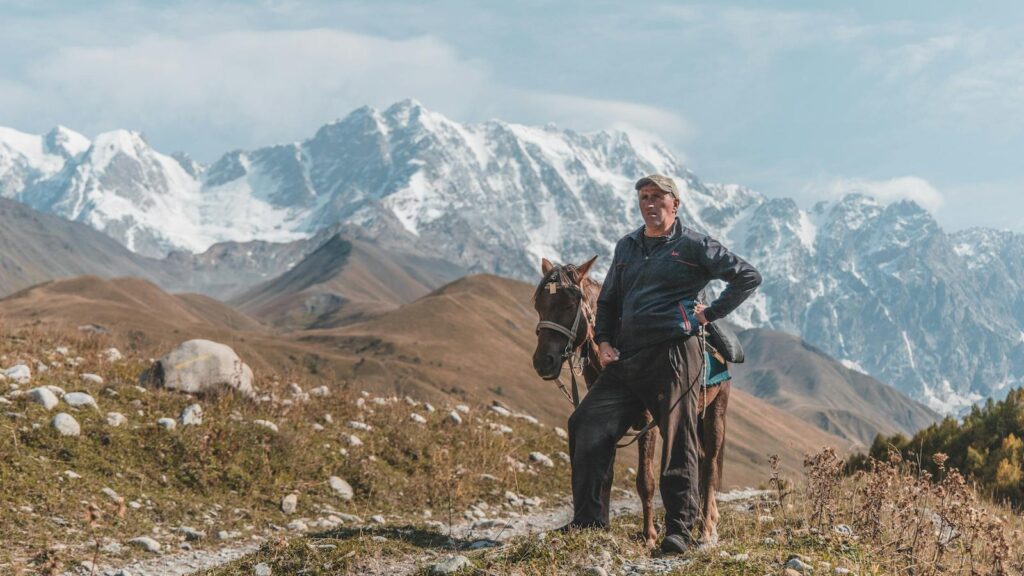
Mountain trails present a unique set of challenges that not all horses are equipped to handle. The combination of steep ascents and descents, loose rock, narrow passages, and unpredictable weather requires an animal with exceptional physical capabilities and mental fortitude. Horses traversing mountain terrain must maintain balance while navigating uneven footing, often while carrying a rider and gear at high elevations where oxygen is thinner. These environments demand horses with strong cardiovascular systems, durable hooves, compact yet powerful bodies, and instinctive foot placement. Additionally, mountain-suitable horses must possess the mental composure to remain calm when facing sudden obstacles or potentially dangerous situations, making temperament as important as physical attributes when selecting the ideal mountain trail companion.
The Legendary Rocky Mountain Horse
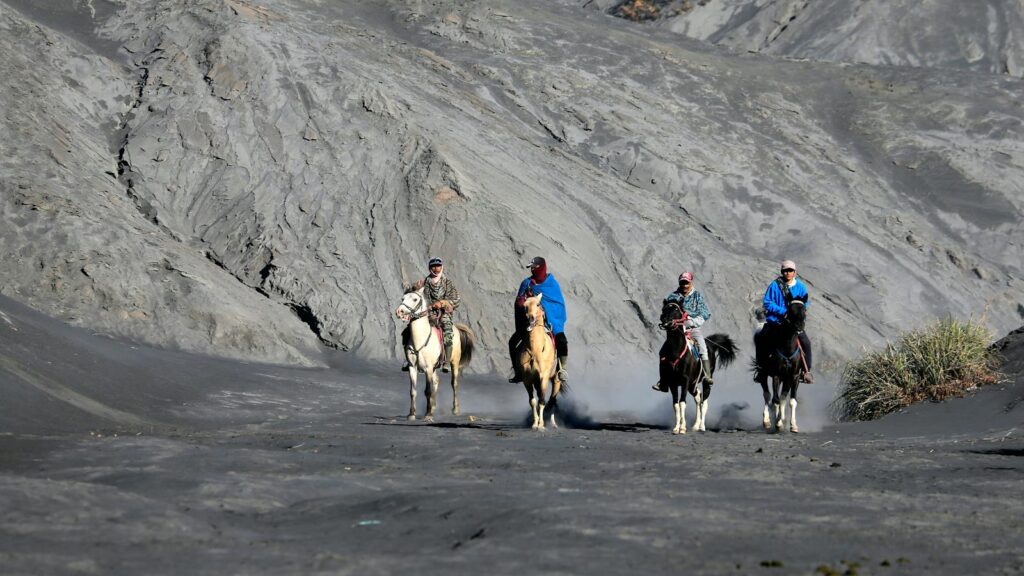
True to its name, the Rocky Mountain Horse has established itself as an exceptional breed for navigating challenging mountain landscapes. Originating from the Appalachian Mountains of eastern Kentucky, these horses developed naturally in rugged terrain, resulting in a genetic predisposition for mountain travel. The breed is characterized by its smooth four-beat ambling gait called the “single-foot,” which provides exceptional comfort for riders during long journeys across uneven ground. Rocky Mountain Horses typically stand between 14.2 and 16 hands high, with a compact yet sturdy build that combines strength with agility. Their calm, people-oriented temperament makes them ideal partners in potentially stressful mountain situations, while their chocolate coat with flaxen mane and tail—though not required by breed standards—has become their recognizable trademark appearance.
The Hardy Mountain Mule
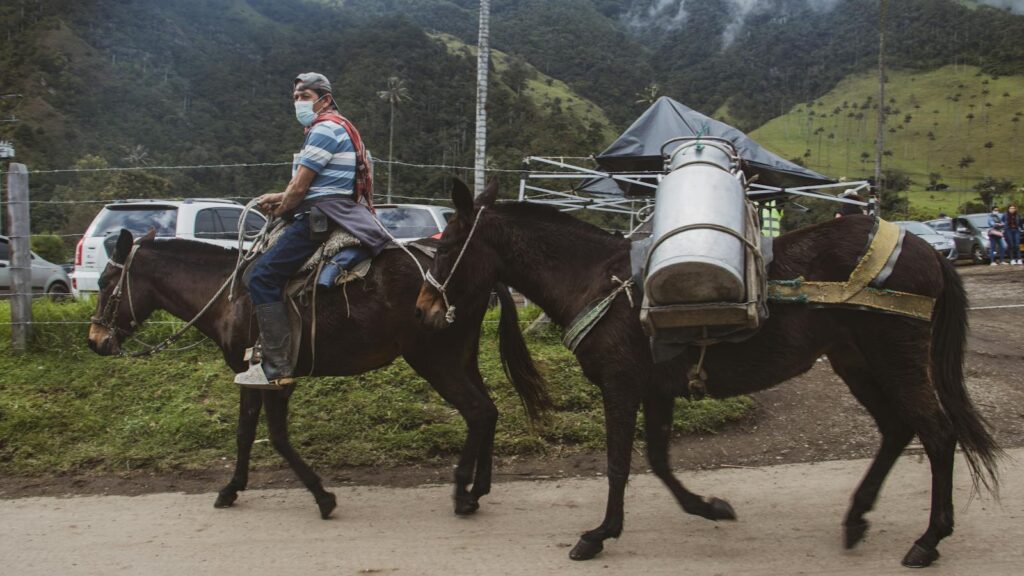
Though not technically a horse breed, the mule—a cross between a male donkey and a female horse—deserves prominent mention in any discussion of mountain-worthy equines. Mules have been the preferred choice for mountain work for centuries, prized for combining the best traits of both parent species: the strength and patience of donkeys with the athleticism and trainability of horses. Their unique physiology includes tough, small hooves that find purchase on rocky surfaces, and a naturally cautious nature that makes them less likely to panic in precarious situations. Mules also possess superior heat tolerance and require less water than horses, making them exceptionally suitable for arid mountain regions. Their legendary sure-footedness comes from an uncanny ability to place their feet deliberately and carefully, with some handlers claiming that a good mule will never put a foot wrong on even the most treacherous mountain path.
The Versatile American Quarter Horse
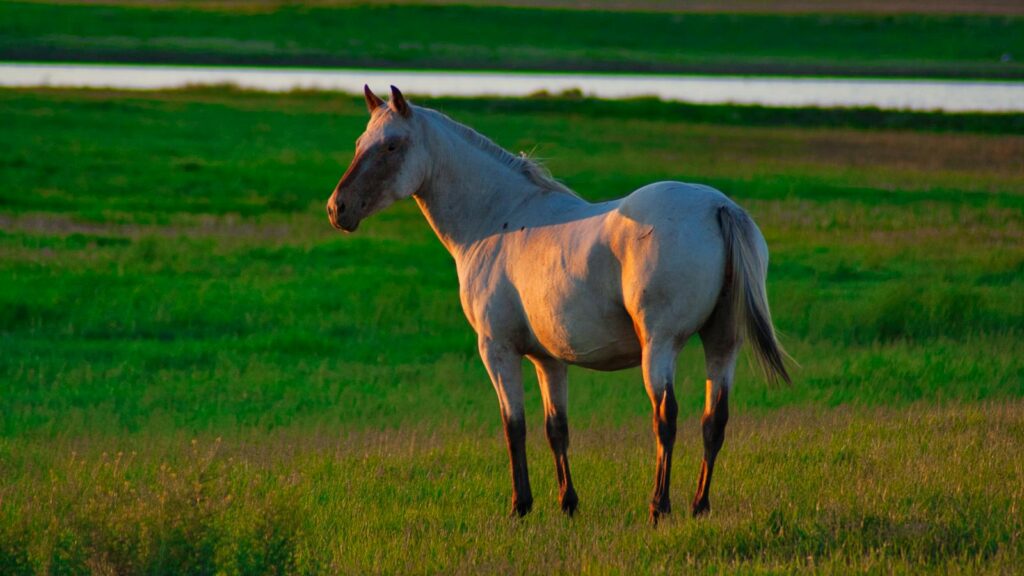
As America’s most popular breed, the Quarter Horse has earned its reputation as an all-around performer, including excellence on mountain trails. Their compact, muscular build provides the power needed for climbing steep inclines, while their naturally athletic nature allows them to navigate challenging terrain with confidence. Quarter Horses typically possess a level-headed temperament that serves riders well when encountering unexpected obstacles or wildlife on remote trails. Their strong hindquarters, which originally made them superior sprint racers, provide the pushing power necessary for uphill climbs and the control needed for safe descents. With proper conditioning and training, the Quarter Horse’s adaptability makes it a versatile choice for mountain riding, particularly for those who may use their horse for multiple disciplines beyond trail riding.
The Icelandic Horse: Small but Mighty
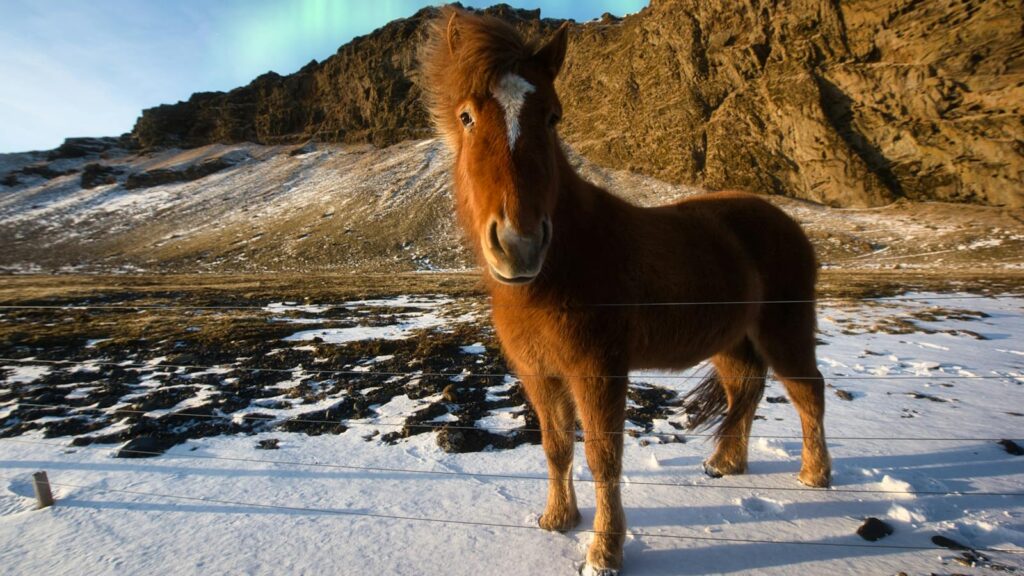
Despite their pony-like stature standing between 13 and 14 hands high, Icelandic Horses are classified as horses and pack a remarkable amount of strength and endurance into their compact frames. Developed in the harsh, volcanic landscape of Iceland over a thousand years ago, these horses evolved to traverse lava fields, cross glacial rivers, and endure extreme weather conditions. Their most distinctive feature is their five natural gaits—walk, trot, canter, tölt, and flying pace—with the tölt being a smooth four-beat gait that allows riders to cover rough terrain comfortably without the jarring impact of a trot. Icelandic Horses possess thick manes, tails, and winter coats that make them suitable for cold mountain environments, and their incredible weight-carrying capacity allows them to transport riders much larger than what their size might suggest. Their intelligence and willing nature, combined with natural hardiness, make them exceptional mountain partners, particularly in colder, northern mountain ranges.
The Missouri Fox Trotter: Built for Comfort
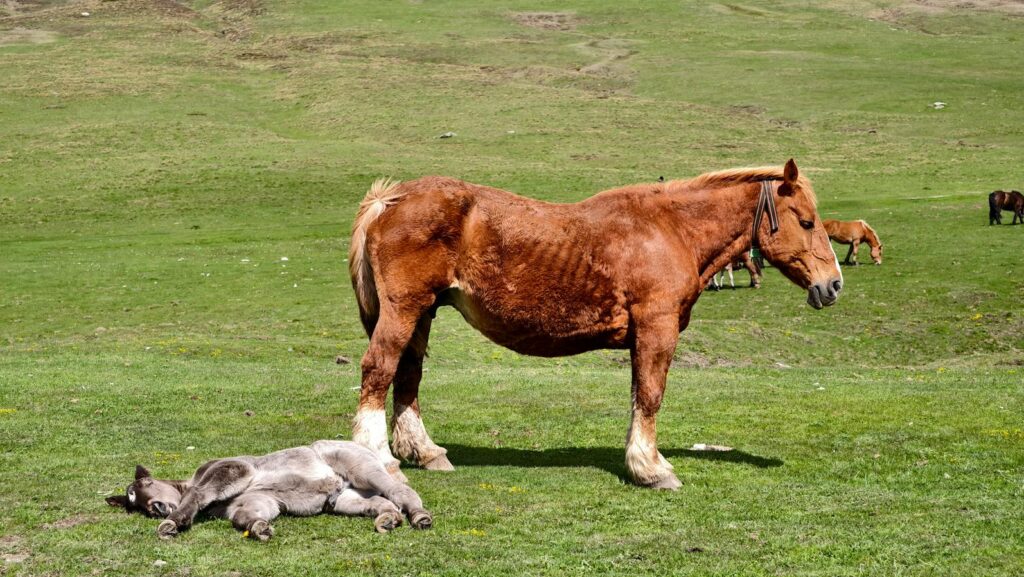
Developed in the Ozark Mountains of Missouri, the Missouri Fox Trotter was specifically bred to navigate the rocky, hilly terrain of that region with smooth efficiency. The breed’s signature fox trot is a broken diagonal gait where the horse appears to walk with its front feet and trot with its hind feet, creating minimal vertical movement that translates to exceptional rider comfort over long distances and rough ground. Standing between 14 and 16 hands high, Fox Trotters possess a muscular build with strong, sloping shoulders and powerful hindquarters that help them maintain balance on steep inclines. Their sure-footedness is complemented by a calm, sensible disposition that allows them to assess trail conditions without panic or rash decisions. Additionally, the breed’s stamina enables them to maintain their unique gait for hours, making them ideal for extended mountain expeditions when rider fatigue from constant posting or absorbing jarring movement would otherwise become an issue.
The Dependable Appaloosa
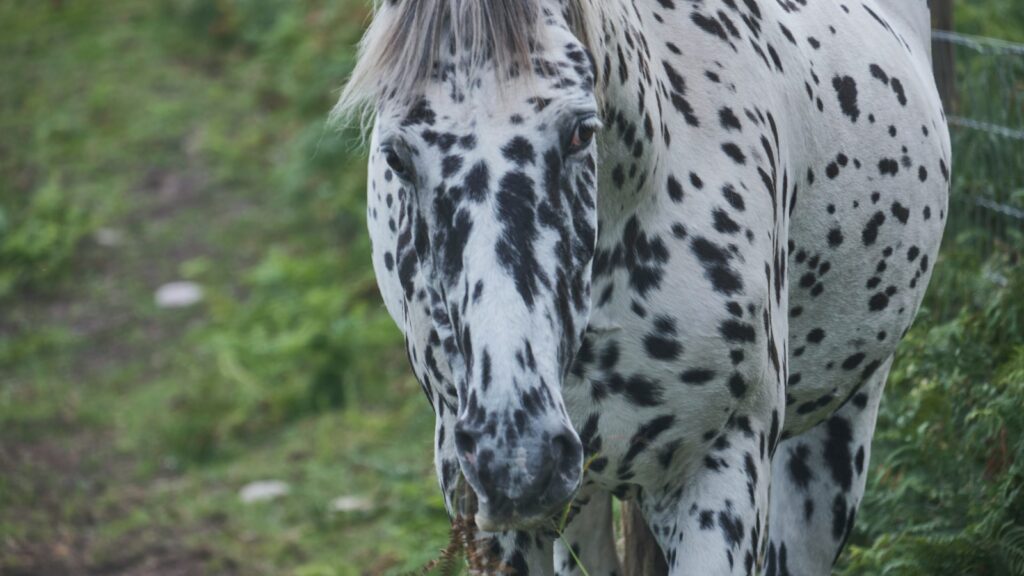
With origins tied to the Nez Perce tribe of the mountainous Northwestern United States, the Appaloosa was developed in terrain that demanded toughness and adaptability. Beyond their distinctive spotted coat patterns, these horses possess hard hooves and striped feet that contribute to their sure-footedness on varied surfaces. Appaloosas typically display an alert and willing temperament with strong survival instincts that serve them well in challenging mountain environments. Their compact, muscular build provides the necessary strength for climbing while maintaining the agility required for navigating narrow or technical trails. Historically used by the Nez Perce for hunting and warfare in the rugged Palouse region, today’s Appaloosas retain many of the traits that made them invaluable to their creators, including endurance, intelligence, and the ability to handle extreme temperature variations common in mountain settings.
The Norwegian Fjord: Ancient Mountain Expert
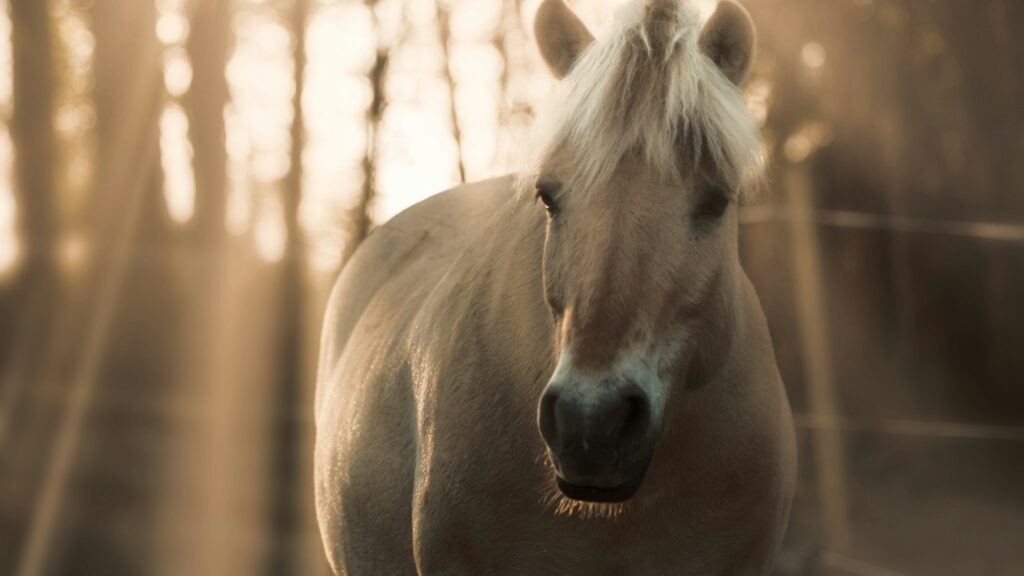
One of the world’s oldest and purest breeds, the Norwegian Fjord Horse evolved in the mountainous western regions of Norway, developing characteristics perfectly suited to navigate steep, rocky terrain in harsh weather conditions. Their distinctive appearance includes a dun coat with primitive markings, a powerful build averaging 13.2 to 14.2 hands high, and a unique crescent or “dished” face profile. The Fjord’s most recognizable feature—its stiff, upright mane traditionally trimmed to stand up like a mohawk—showcases the distinctive dark stripe running through the center of predominantly cream-colored hair. These horses possess exceptional strength relative to their size, with sturdy legs and tough hooves that confidently navigate rocky surfaces. Their calm, steady temperament pairs perfectly with a natural caution that helps them choose safe footing in treacherous conditions, while their cold-weather tolerance makes them especially suitable for high-altitude mountain environments.
The Andalusian: Noble Mountain Navigator

Though often associated with classical dressage rather than trail riding, the Spanish Andalusian’s history in the mountainous regions of southern Spain has created a breed exceptionally well-suited to challenging terrain. Their powerful hindquarters and naturally elevated movement allow them to push uphill and balance downhill with remarkable efficiency and elegance. Andalusians possess a short, strong back and compact build that provides natural collection—a physical advantage when navigating steep slopes where balance is critical. Their intelligence and sensitivity make them responsive to subtle rider cues, an important trait when quick adjustments are needed on unpredictable trails. While their flowing manes and tails contribute to their majestic appearance, it’s their agility and natural aptitude for collection that makes them surprisingly adept mountain mounts, particularly for riders who appreciate their responsive nature and athletic capabilities.
The Morgan: American Versatility

Developed in the varied terrain of New England, the Morgan horse combines strength, endurance, and a willing disposition that makes it an excellent choice for mountain trails. Descended from a single foundation stallion named Figure (later known as Justin Morgan), these horses typically stand between 14.1 and 15.2 hands with compact, powerful bodies that efficiently handle inclines. Morgans are known for their stamina and heart—qualities that enable them to maintain energy over long mountain journeys where other breeds might tire. Their intelligence and people-oriented nature create strong partnerships with their riders, while their adaptability allows them to handle changing conditions common in mountain environments. The Morgan’s arched neck and naturally uphill build contribute to their balance on varied terrain, making them both practical and aesthetically pleasing mountain companions.
The Tennessee Walking Horse: Smooth Mountain Travel
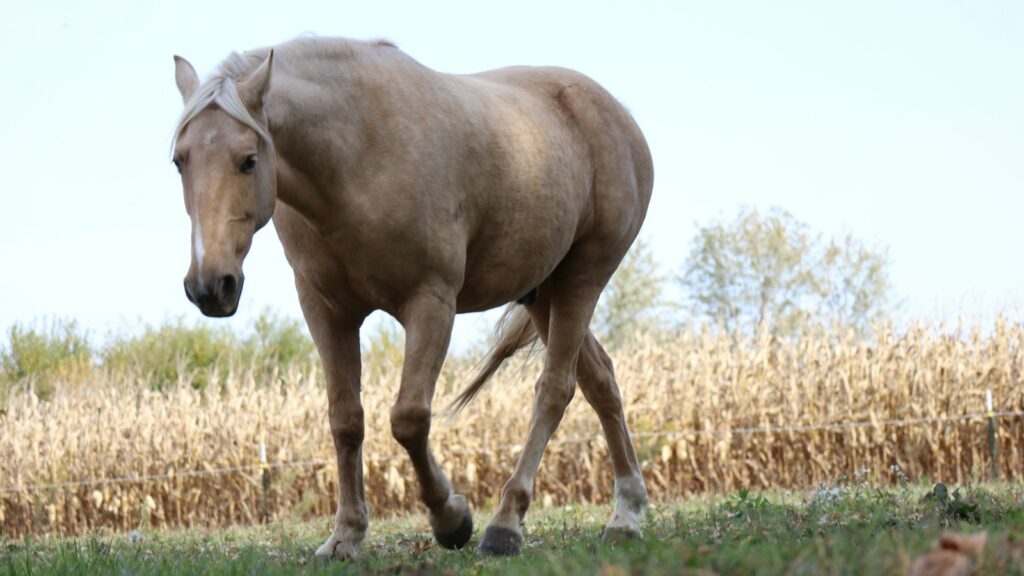
Developed in the rolling hills and mountains of Tennessee, the Walking Horse’s signature running walk provides one of the smoothest rides available for covering rough, mountainous terrain. This distinctive four-beat gait features an overstride where the hind foot steps over the print left by the front foot, creating a gliding sensation for the rider while covering ground efficiently. Tennessee Walking Horses typically stand between 14.3 and 17 hands high, with a longer body structure that contributes to their smooth movement. Their naturally calm temperament makes them reliable in unpredictable situations that mountain trails can present, while their durability allows them to maintain their comfortable gait for extended periods. For riders with back issues or those who plan extended mountain journeys where comfort is a priority, the Tennessee Walking Horse offers a combination of sure-footedness and extraordinarily smooth travel that few other breeds can match.
The Arabian: Desert Horse with Mountain Skills
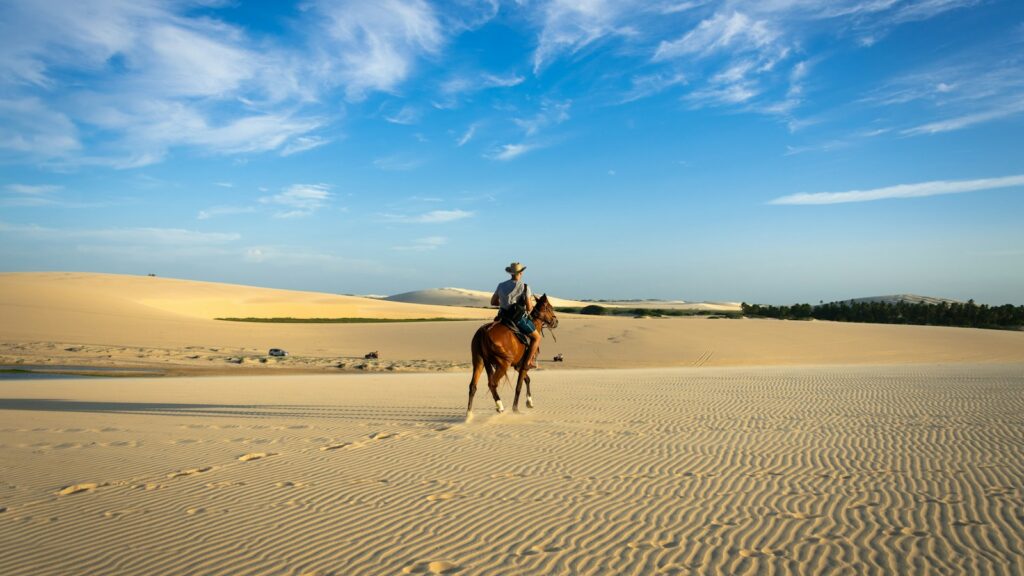
Though developed in desert environments rather than mountains, the Arabian horse possesses several characteristics that make it remarkably well-suited to mountain travel. Their legendary endurance—developed through centuries of desert travel—translates effectively to the sustained effort required for mountain ascents and long trail journeys. Arabians typically have dense bone structure and tough hooves that hold up well on rocky terrain, despite their refined appearance. Their efficient metabolism and superior cardiovascular system allow them to perform at higher elevations where oxygen is limited, giving them an advantage in high mountain settings. Emotionally, Arabians form strong bonds with their handlers and demonstrate exceptional intelligence when facing obstacles, though their sensitivity requires confident handling in challenging situations. Their natural athletic ability and catlike agility enable them to navigate technical trails with precision that compensates for their somewhat more reactive temperament compared to some other mountain-suitable breeds.
Essential Traits to Consider Beyond Breed
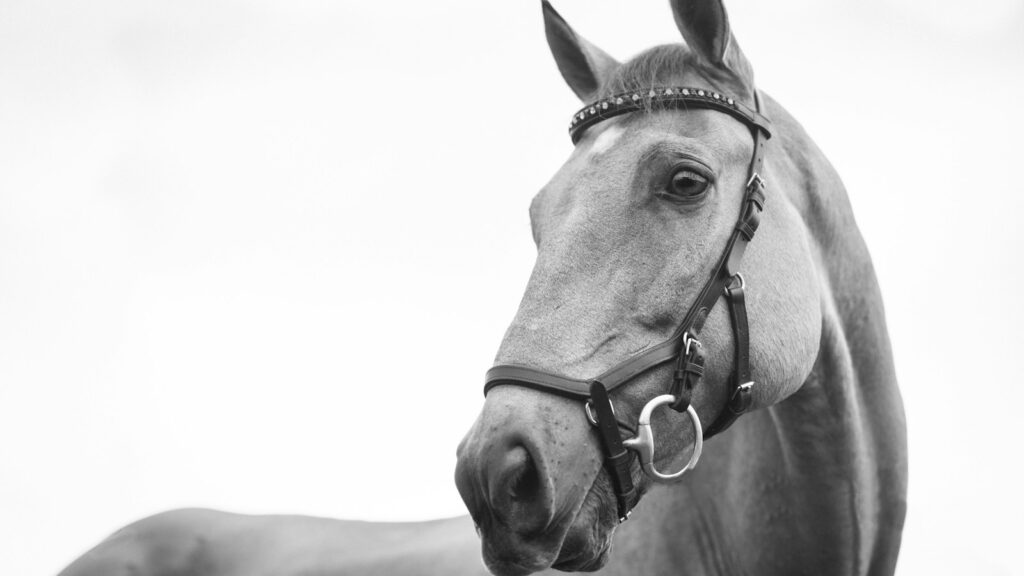
While certain breeds have genetic predispositions that make them more suitable for mountain work, individual horse assessment remains vital regardless of bloodlines. Conformation plays a crucial role—look for horses with strong, short backs that support weight efficiently on inclines, well-angled shoulders and pasterns that absorb shock on rocky descents, and proportional bodies where neither the front nor hindquarters are significantly higher than the other. Hoof quality is particularly important, as horses with naturally tough hooves require less intervention on abrasive mountain surfaces. Mental attributes—including curiosity rather than fear when facing new obstacles, a thinking approach to challenges rather than reactive behavior, and willingness to trust rider guidance when terrain becomes technical—often matter more than breed characteristics alone. Additionally, a horse’s previous experience and conditioning specifically for elevation changes and varied footing can transform even non-traditional mountain breeds into capable trail partners for rugged conditions.
Preparing Any Horse for Mountain Riding

Even the most naturally suited mountain horse requires proper conditioning and preparation before tackling challenging terrain. Progressive fitness training should include hill work that gradually builds the specific muscles needed for climbing and descending, starting with gentle slopes before attempting steeper grades. Hoof care requires special attention, with some mountain riders preferring horses remain unshod to maintain natural traction, while others opt for specialized mountain shoes with borium, studs, or rim designs that provide additional grip on slick surfaces. Desensitization training helps horses remain calm when encountering mountain-specific challenges like water crossings, wildlife, narrow passages between rocks, or walking over unstable surfaces. Proper tack selection is equally important—balanced saddles that distribute weight evenly, breast collars that prevent saddle slippage on steep inclines, and appropriately padded girths that prevent chafing during the increased movement of mountain travel can significantly improve both horse comfort and trail safety regardless of breed.
Choosing the Ideal Mountain Horse
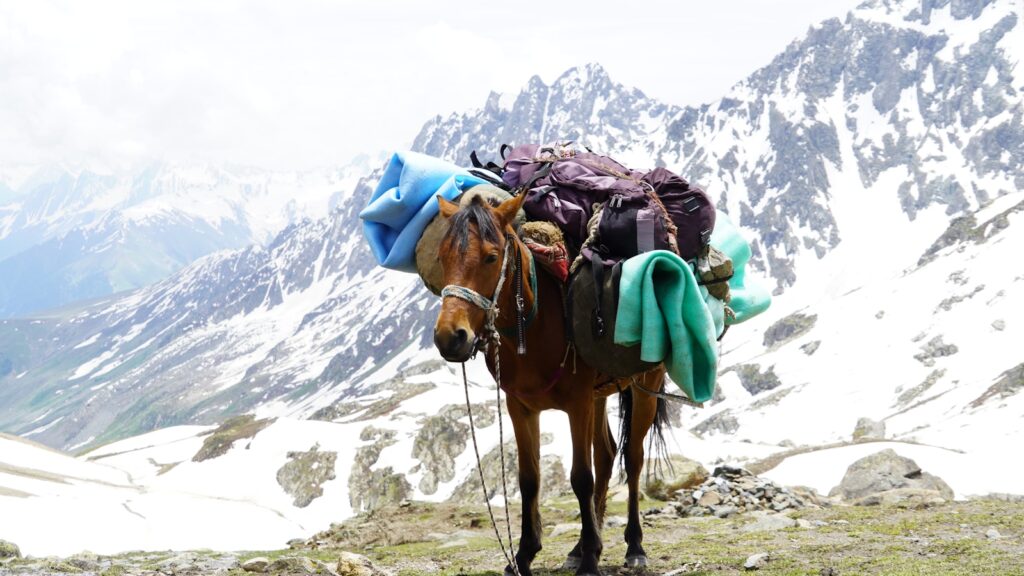
The perfect mountain horse combines physical capability with the right mental approach to challenging terrain. While breeds developed in mountainous regions often possess natural advantages, individual temperament, training, and condition ultimately determine a horse’s mountain suitability. Whether you choose the smooth-gaited Rocky Mountain Horse, the sure-footed mule, or another breed mentioned here, remember that the strongest partnership between horse and rider comes from mutual trust, proper preparation, and respect for the demands of the environment. By selecting a mount with the appropriate physical and mental attributes for mountain travel, riders can safely experience some of the most breathtaking trails and remote wilderness areas that would otherwise remain inaccessible—creating unforgettable journeys across landscapes that have challenged horse and human partnerships for centuries.







